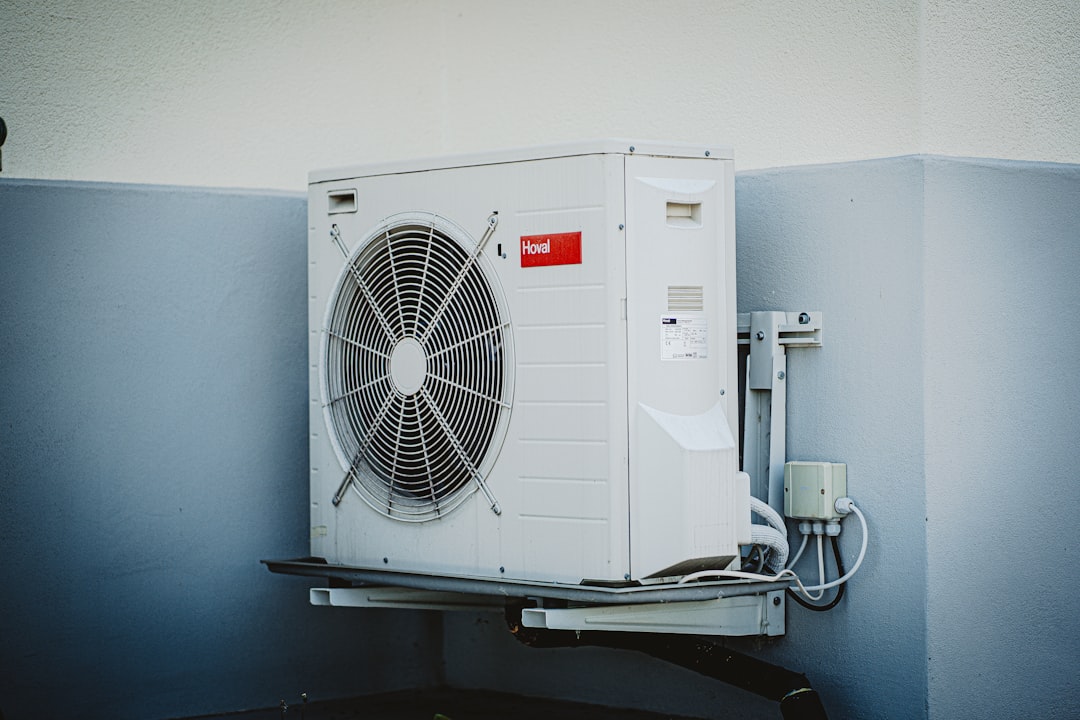 Photo from Unsplash
Photo from Unsplash
Originally Posted On: https://gotairpro.com/mini-split-versus-central-air-what-are-their-best-features/
When it comes to keeping your home cool in the extreme heat of our San Diego summers, it’s safe to say that most homeowners only want the best cooling technology. Given our recent record-breaking temperatures, with six of the last 10 years being the hottest on record, having an efficient way to keep cool is crucial!
As you research different types of air conditioning systems, you’re bound to wonder which ones can keep up with the heat.
Today, we’re taking a look at two of the most popular types of air conditioners: mini split versus central air conditioners. These common systems both offer their own unique advantages, so it’s important to understand them as you decide which to choose for your home. Here’s what you should know.
Mini Split Versus Central Air: The Main Differences
Before we dive into the advantages of these two air conditioning systems, let’s run through a few basic definitions.
What Is a Central Air Conditioner?
A central air conditioner is the most common type of AC throughout the U.S. It includes an outdoor unit and a single indoor unit. The system cools a property by running refrigerant back and forth between these two units.
Often, you’ll find the indoor unit housed inside an area like a attic, closet, garage, or basement. This unit is large and powerful enough to blow air through the ductwork to cool an entire home or property.
What Is a Ductless Mini Split?
A mini split air conditioner has many similarities to central air conditioners. It has an outdoor unit and at least one indoor unit.
The indoor units of a mini split, however, are smaller and located inside the main rooms of a house. It’s possible to install these units on a wall, or on the ceiling. When refrigerant circulates back and forth between the outdoor and indoor units, the indoor units use it to cool the single area around them without the need for air ducts.
Benefits of a Central Air Conditioner
Now that you know the differences between central air and mini split air conditioning, what are the benefits of each? Let’s take a look at the pros of a central air system first.
Easier Installation
Because central air conditioners are so popular, the chances are good that your home already has ductwork installed. This means that it may be easier to install the single indoor unit of a central air conditioner instead of the multiple units of a mini split. During your AC installation process, this can often translate to significant time savings and a lower initial cost.
Consistent Heating and Cooling
One great thing about central air conditioners is that they offer consistent whole-home cooling and heating. For some homeowners, it’s more convenient to change the temperature of their entire home in one fell swoop instead of altering the temperature of each room.
Better Air Quality
Because the air inside your home gets filtered through a single system, central air conditioners offer better air quality. This can be a huge benefit if your home has humidity issues or if your household has members with respiratory conditions.
Benefits of a Mini Split Air Conditioning System
Central air conditioners have some great benefits, but the compact and efficient nature of mini splits makes them a great choice as well. Here are their main benefits:
Room Zoning
Some homeowners prefer to adjust the temperature of each room on an individual basis. If you install more than one indoor unit, mini split systems allow you to cool only the rooms in which you spend the most time. This means you won’t waste energy cooling areas you don’t need to.
This can be great for households with members who don’t agree on how to set the thermostat. It also allows you to adjust the temperature of rooms that never seem to be the right temperature, such as warm rooms that get a lot of bright sunlight.
More Convenient Installation
If you own an older home without existing air ducts, mini-split systems can help you avoid an invasive installation. Because these systems don’t need ducts, installers only need to run piping and wiring between your outdoor unit and any indoor units. Mini splits can also be great for homes with partial ductwork that doesn’t cover the areas you want to cool, such as a garage or finished basement.
In addition, the compact nature of the indoor units means you can install them almost anywhere you prefer. This makes them perfect for even small rooms.
Utility Bill Savings
If you’re hoping to save on utility bills, mini splits can help for one obvious reason: you’ll cool only the rooms you need to! With a mini split, you can cool the room you’re in when you get too warm, whereas a central air conditioner would cool down your entire house.
In addition, modern mini split systems tend to run on sophisticated technology that helps them use less energy. Some have SEER ratings of over 30, making them great for both your wallet and the environment.
Find the Right AC for Your Needs
When it comes to the choice between mini split versus central air conditioners, understanding the key benefits we’ve mentioned above can help. Keep in mind that there’s no single “best” system to install: as we often tell our clients, it’s about finding the system that matches your home and personal preferences.
Still aren’t sure which system meets your needs? If you have additional questions about different systems or the installation process, our team is here to help!
We have years of experience installing ACs in the homes of satisfied customers throughout San Diego County, and we’re happy to work with you. Request a free estimate with one of our experts today.





